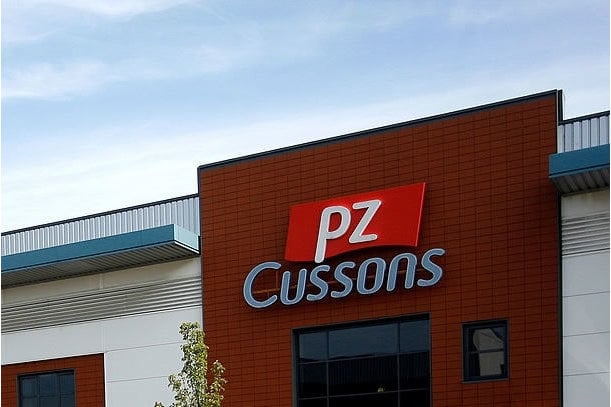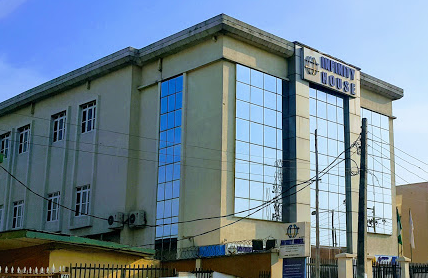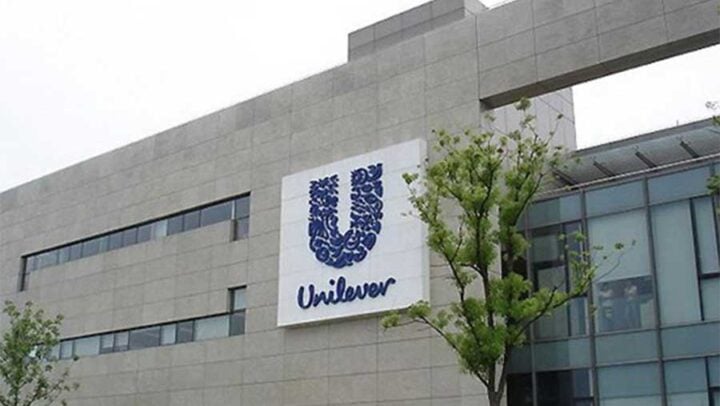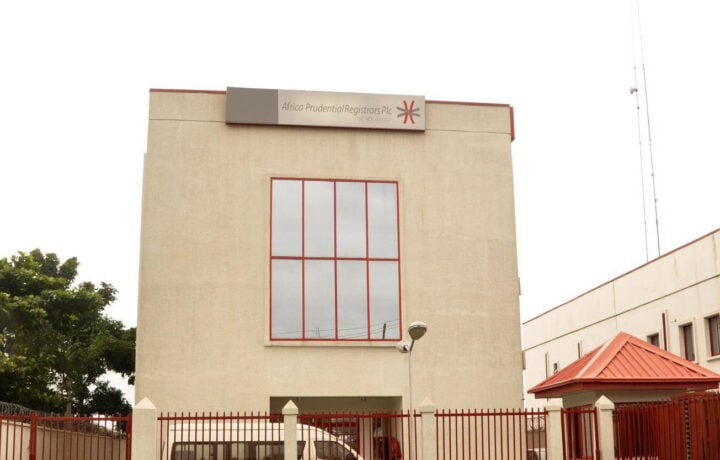Nestle Nigeria Plc realised a robust finance income of nearly N4 billion in the first quarter that helped push the company’s profit a clear 45 percent ahead to about N18 billion. The profit figure represents 45 percent of the full year profit of N40 billion the company posted at the end of the 2021 financial year.
The company’s first quarter interim report at the end of March 2022 shows a combination of growing incomes and a slowdown in costs that define a promising year for the food and beverages company. The developments seem to have set the stage for an upswing for the company this year compared to last year when profit closed flat.
Nestle is seeing the first reasonable profit improvement in three years and is still on its way to recovery from a 14 percent profit drop in 2020. The upturn this year is driven by accelerating sales revenue and recovering profit margin.
At an accelerated increase of 26 percent in turnover to over N110 billion in the first quarter, Nestle can hope for the strongest growth in sales in recent years this year. Sales revenue is gaining speed from the 22.6 percent improvement in 2021 to N352 billion.
Advertisement
Profit margin climbed to 16.3 percent in the first quarter – the company’s best performance in six years. Last year, its profit margin went down from close to 14 percent in the preceding financial year to about 11 percent.
A robust finance income of N3.8 billion in the first quarter came like a windfall compared to an insignificant figure of N123 million in the same period in 2021. This caused a big shift in the company’s cost-income balance from a net finance cost of N1.3 billion to a net finance income of N1.4 billion over the review period.
Notwithstanding the robust finance income, the challenge of rapidly growing finance expenses has remained. Cost of finance rose by 65 percent to N2.4 billion in the first quarter.
Advertisement
Mounting balance sheet debts explain the company’s rising finance expenses. Nestle’s borrowings rose from N40 billion at the end of 2020 to N77 billion at the end of 2021, climbing further to about N84 billion at the end of the first quarter.
Further supporting the gain in profit margin and profit enhancement in the first quarter are cost savings from expense lines that hindered profit improvement in 2021. The change of position from net finance cost to income is the biggest positive move in cost-saving. In the preceding year, net finance expenses had jumped by 173 percent to over N12 billion to consume a significantly increased share of operating profit.
Also, administrative expenses provided one of the biggest cost savings for Nestle in the first quarter. The administrative cost dropped by 21 percent to N2.6 billion in the first quarter.
Equally, input cost, which posed a major constraining factor last year, moderated in the first quarter. At N67 billion for the first quarter, the cost of sales grew by 27.6 percent year-on-year only slightly ahead of the 26 percent increase in turnover over the same period.
Advertisement
This compares to the preceding year when input cost rose ahead of sales revenue at 31 percent at the end of the year compared to 22.6 percent. Compared to the preceding year, cost of sales claimed a reduced proportion of turnover in the first quarter at 60.8 percent compared to 62.5 percent at the end of last year.
However, marketing/distribution expenses aren’t showing any signals of slowing down. The expense line keeps growing ahead of sales revenue at 28 percent to over N14 billion in the first quarter compared to the 26 percent increase in sales.
Despite the impacts of the cost of sales and marketing/distribution expenses growing ahead of turnover, gross profit still improved by 24.5 percent to N43 billion in the first quarter.
A boost came from cost savings realised from the drop in administrative expenses, which raised operating profit by 30 percent to N26.4 billion at the end of the period. This is a strong acceleration from an increase of less than 12 percent in operating profit in 2021.
Advertisement
The inflow from net finance income provided the biggest growth function that reinforced the growth in the bottom line to 45 percent for the first quarter.
Advertisement
Add a comment







